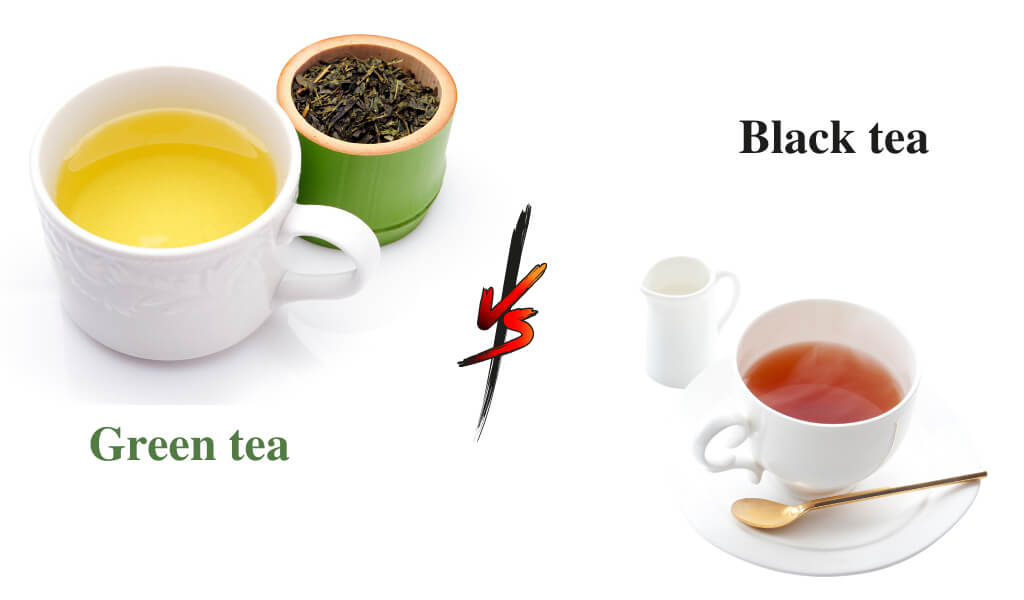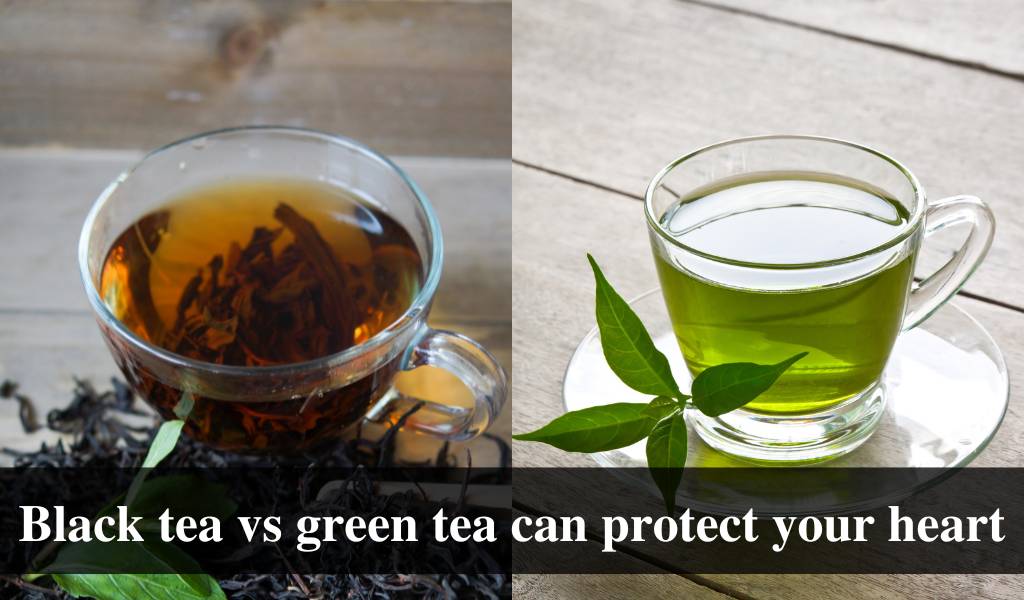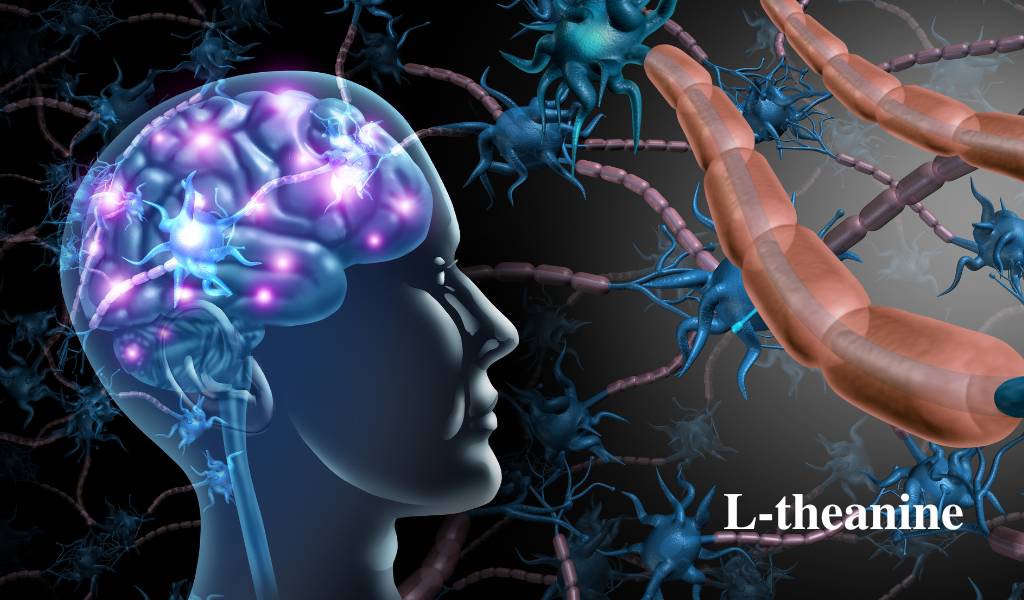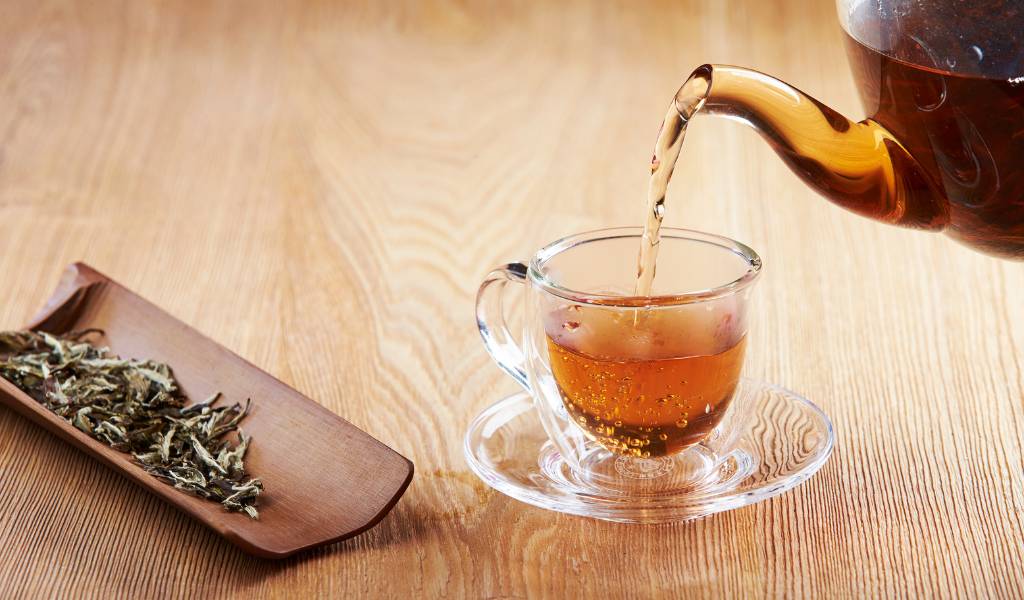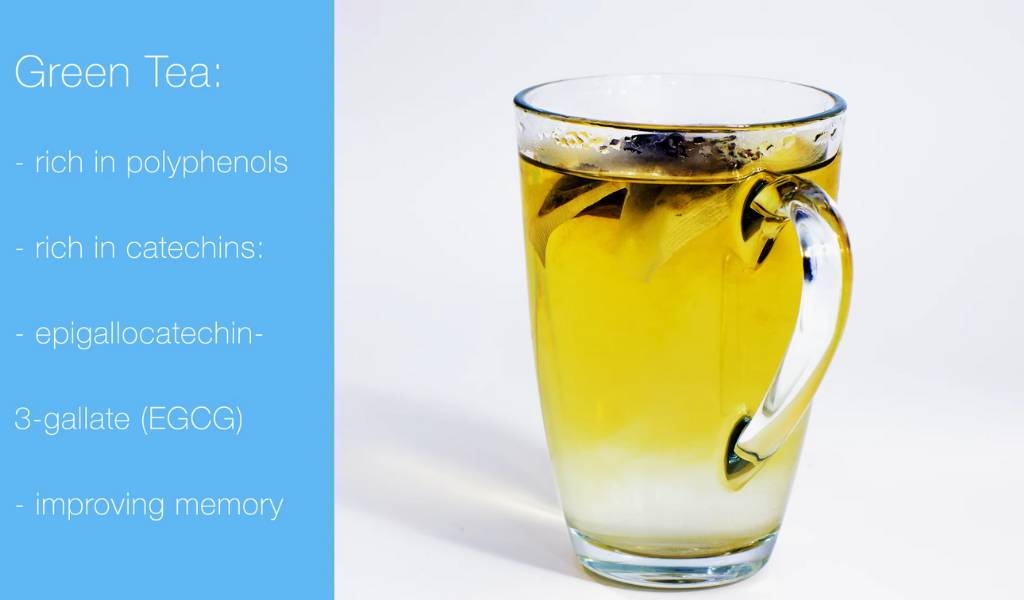Are you a tea lover but unsure which type of tea to choose – Black tea vs Green tea? Well, you’re not alone! With so many varieties and health benefits associated with each, it can be overwhelming to pick just one. But fear not because we’ve got you covered!
Read More: Oolong vs Black Tea Comparison: Super interesting revelations
Quotes of tea at Today
“Tea tempers the spirits and harmonizes the mind, dispels lassitude and relieves fatigue, awakens thought and prevents drowsiness, lightens or refreshes the body, and clears the perceptive faculties.”
― Lu Yu, The Classic of Tea: Origins & Rituals
Benefits of black tea vs green tea
Black tea and Green tea are two of the most common. Although they get some basic difference, black tea and Green tea benefits can be similar.
Can protect your heart
Green and Black tea are excellent sources of protective antioxidants called polyphenols, especially flavonoids.
However, the two teas have different types and amounts of flavonoids. Recipes Green tea has a lot of epigallocatechin-3-gallate (EGCG), while black tea is packed with theaflavins. These flavonoids are believed to be beneficial for your heart health.
According to an animal study, green and black tea were equally effective in preventing blood vessel plaque formation.
They reduced LDL cholesterol and triglycerides as well. Two reviews, each based on over ten quality studies, also found that drinking these teas could lower your blood pressure.
Furthermore, in comparison to individuals who consumed fewer than one cup daily, those who regularly consumed one to three cups of Green tea experienced a 36% decrease in their likelihood of suffering a stroke and a 19% lower risk of having a heart attack. Similarly, drinking three or more cups of black tea daily can lead to an 11% reduction in the risk of developing heart disease.
NOTE: Green and black tea contain antioxidants called polyphenols, with different types and amounts of flavonoids. Both teas reduce LDL cholesterol and triglycerides and prevent blood vessel plaque formation
May boost brain function
Green and black tea have caffeine, a well-known stimulant. However, there has less caffeine in a cup of green tea than black tea.
The amount of caffeine in an 8-ounce cup of green tea is around 35 mg, but the amount in the same amount of black tea can range from 39 to 109 mg.
By inhibiting the inhibitory neurotransmitter adenosine, caffeine activates your nervous system. Additionally, it aids in the production of neurotransmitters that improve mood, such dopamine and serotonin. Making Green tea can thereby enhance your attentiveness, alertness, mood, response time, and short-term memory.
L-theanine is an amino acid present in green and black tea that is absent from coffee. L-theanine is thought to penetrate the blood-brain barrier and cause GABA, an inhibitory neurotransmitter that encourages a relaxed yet aware state, to be released.
Additionally, L-theanine can aid in the release of neurotransmitters that improve mood, including serotonin and dopamine.
It’s believed that L-theanine balances the effects of caffeine, and together they may have a synergistic effect. One study found that people who took L-theanine and caffeine had better attention than when either substance was used alone.
NOTE: Green and black tea contain antioxidants called polyphenols, with different types and amounts of flavonoids. Both teas reduce LDL cholesterol and triglycerides and prevent blood vessel plaque formation.
Read More:
Differences between Green tea vs Black tea caffeine
Green and black tea may improve brain function as they both contain caffeine, a stimulant. But, Green tea has less caffeine than black tea, with around 35 mg per 8-ounce (230-ml) cup compared to 39-109 mg in the same serving of black tea.
Check out the detailed comparison below to know more details!
Black vs Green tea: How they’re processed
While the origins and historical roots of black tea and Green tea may share similarities, their primary distinction lies in their processing methods and the extent of oxidation they experience. Oxidation, in this context, pertains to the degree to which tea leaves are exposed to oxygen over a specific period, akin to how an apple slice turns brown when left exposed to the air.
Green tea leaves are immediately heat-treated after being picked to stop oxidation. This can be done through steaming or pan-firing, resulting in minimal oxidation and preserving its bright green color.
In contrast, black tea is allowed to oxidize after harvesting fully. As a result, the leaves turn brown or black, losing all their greenness.
Green tea caffeine vs black tea: Where they’re grown
Throughout history, black and Green tea have grown in similar but distinct regions across Asia and India. Black teas are primarily cultivated in China and India, with famous types like Assam, Darjeeling, and Golden Yunnan named after areas in these countries.
Other Asian nations, including Nepal and Vietnam, also produce unique black teas.
In contrast, there are many types of Green tea more commonly grown in China and Japan. While tea plants can technically grow and thrive in any region suitable for them, the processing differences between black and Green tea and cultural and historical factors mean that certain areas are more closely associated with one type of tea.
Read More:
Green Vs Black Tea: Different varietals
Did you know that black and Green tea come from the same plant, but they’re often made from different varieties of the camellia sinensis plant? Green tea is mainly produced from the camellia sinensis var. sinensis, which grows in China and other Asian countries.
On the other hand, black tea can be made from either camellia sinensis var. sinensis or camellia sinensis var. assamica, primarily grown in India.
Apart from these two main varieties, other regional tea cultivars have been developed over the years to be well-suited for producing specific types of tea.
Green vs Black tea: How they’re brewed
Black tea vs Green tea taste might slightly differ in some ways. Green tea is characterized by its freshness, grassy notes, brightness, smoothness, and vegetal undertones. On the other hand, Black tea is known for its malty richness, robustness, tannins, bitterness, and full-bodied nature. These are the customary taste profiles that distinguish black tea from Green tea.
To brew a perfect cup of Black tea, it is recommended to use boiling water at or around 212 degrees Fahrenheit and steep it for 3-5 minutes. However, the ideal temperature for brewing green tea is much lower, usually at or about 175 degrees Fahrenheit.
Hot water can scald or burn the delicate leaves, resulting in a bitter taste. For an exquisite cup of shade-grown Japanese green tea, like Gyokuro or Kabusecha, steeping at a mere 140°F is the key to unlocking their full flavor potential. Green tea is usually steeped shorter than Black tea, typically around 1-2 minutes.
Green tea caffeine vs Black tea: How they look and taste
When I’ve had black and green teas, I can quickly tell them apart by their taste and appearance.
Savor the rich, deep, reddish-copper color and strong taste of Black tea, complemented by subtle notes of stone fruit, malt, honey, and spice. Indian black teas are known for their robustness, while Chinese black teas offer a full-bodied yet milder flavor profile.
On the other hand, green teas tend to have a lighter and more delicate taste. They can range from pale gold to a rich, mossy green.
The best green tea to drink is usually lighter in the body and may have notes of nuts, vegetables, or the ocean. Chinese green teas are typically lighter and mellower, while Japanese green teas have a darker green color and a savory umami flavor.
Caffeine levels
Black tea and green tea vary in their caffeine content. A cup of Black tea usually contains more caffeine than green tea but less caffeine than coffee.
On the other hand, green tea generally has less caffeine than Black tea, equivalent to about half the amount of Black tea.
Nonetheless, there are certain cases where this is not true. Did you know that green teas grown in the shade have more caffeine than those grown in the sun, while some Black teas, such as Wakoucha, have less caffeine?
A difference in preservation
It’s worth mentioning that Black tea has a longer shelf life than green tea. Black tea can be stored for several years without losing its flavour, while green tea tends to lose its freshness after 12 to 18 months.
Although it’s still safe to consume, the taste may be less enjoyable. This explains why Black tea was more popular in Europe for a long time, as the tea leaves had to travel from India, Japan, or China…
Different Standards for “Deliciousness”
Black and green tea have different standards for “delicious tea” and other cultivation methods.
| Black tea | Green Tea | |
| Standard of good tea | The aroma and astringency stand out, and there is richness |
Astringency is suppressed and there is sweetness
|
| Tea | Tea leaves are rich in minerals and low in amino acids | Tea leaves rich in amino acids |
| Making soil | Soil close to nature | Soil fertilized with nitrogen |
| Climate | A stressful environment, such as a significant temperature difference between day and night | Grown in a mild climate |
| Tea tree | Old trees are also valued |
Young tea trees only, old trees replanted
|
Mineral: Adds a rich aroma and richness.
Amino acid: Adds sweetness. However, containing amino acids causes unnecessary chemical reactions when fermenting tea leaves, spoiling black tea’s beautiful light blue color and flavor.
Choosing Your Tea
The choice between green and Black tea largely depends on personal preference and individual circumstances.
To identify your favorite tea, I advise experimenting with several green and Black tea varieties from diverse places. The small variances in flavor characteristics could surprise you. You may better enjoy the many subtleties of each kind of tea by understanding more about the background and distinctive methods of each tea.
Drinking tea is a great way to nourish your body and soul. So, whether you prefer the delicate taste of green tea or the robust flavour of Black tea, sit back, relax, and enjoy the many benefits tea offers.
FAQs
Is black tea better than green tea for weight loss?
Black tea and green tea both offer weight loss benefits. However, green tea is often cited as the more beneficial option due to its high concentration of catechins, which are known to enhance metabolism and fat burning.
Is black tea easier on the stomach than green tea?
Regarding gastrointestinal comfort, Black tea is generally considered easier on the stomach than green tea. This is due to the fermentation process Black tea undergoes, which results in lower levels of tannins, compounds that can cause stomach upset in some individuals.
Which tea, black or green, is better for hydrating the body?
Both Black and green tea are good for hydration, as they are primarily water. However, green tea might be a marginally better hydrator due to its slightly lower caffeine content, as caffeine can have a diuretic effect.
Are there any potential side effects of drinking black or green tea?
Both Black and green tea are safe for most people when consumed in moderation. However, their caffeine content may cause side effects in some people, such as restlessness, insomnia, or an upset stomach. Monitoring your body’s response and adjusting your intake is always good.
You are reading articles at Spiritea Drink
I’m Shanna, creator of Spiritea Drinks. I’m all about teaching people to grow their own food, tea, cook what they harvest, and eat with the seasons.

